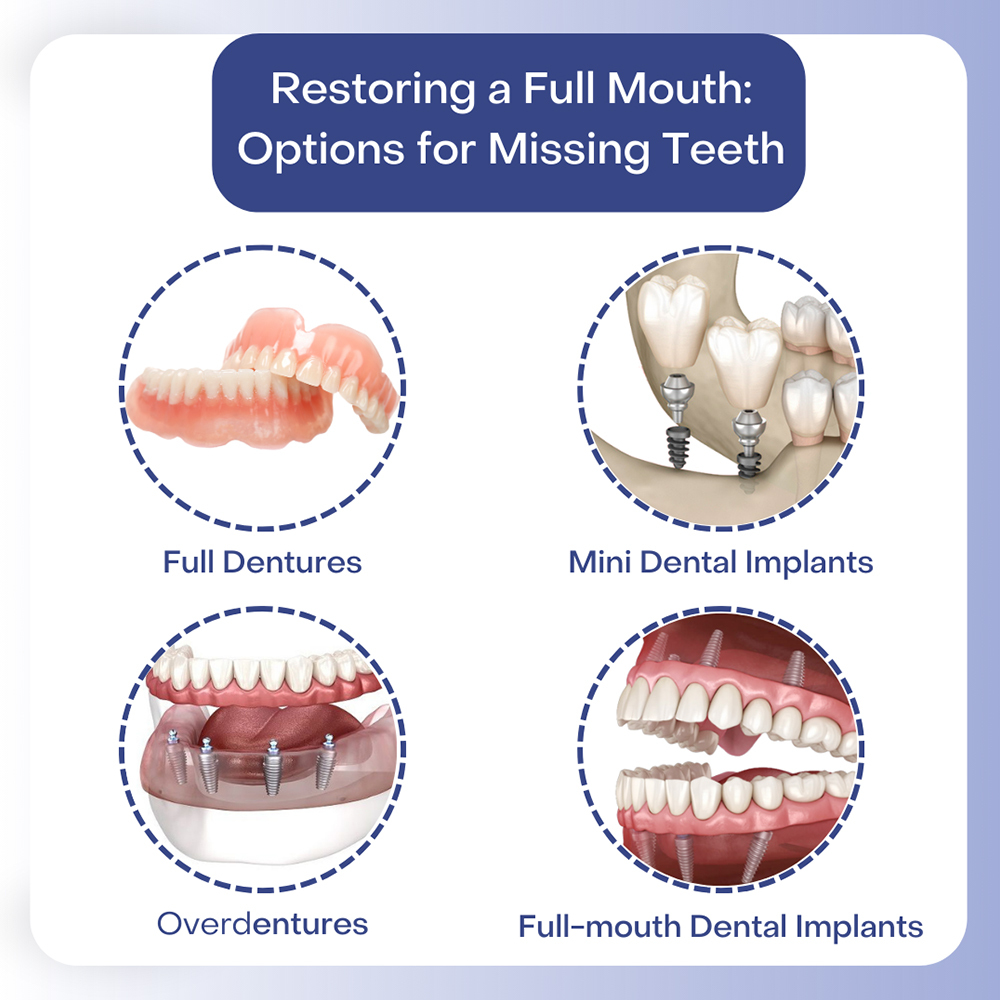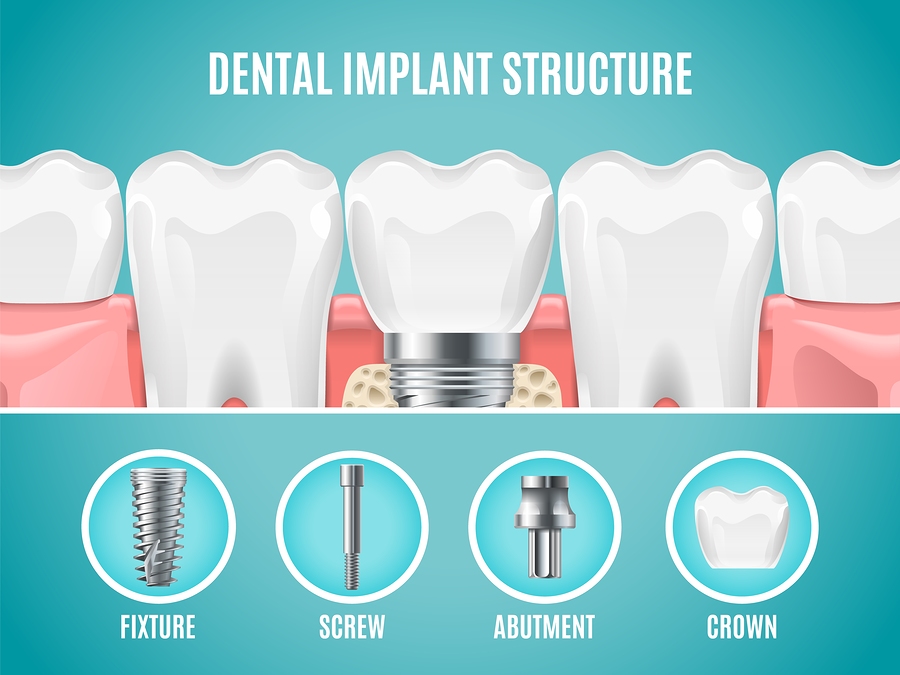Fascination About Dental Sense
Table of ContentsOur Dental Sense DiariesHow Dental Sense can Save You Time, Stress, and Money.The 25-Second Trick For Dental SenseHow Dental Sense can Save You Time, Stress, and Money.
are clinical tools operatively implanted right into the jaw to bring back an individual's capacity to eat or their appearance. They give support for artificial (fake) teeth, such as crowns, bridges, or dentures. When a tooth is shed because of injury or condition, a person can experience difficulties such as fast bone loss, malfunctioning speech, or changes to eating patterns that result in pain.Dental dental implant systems include an oral implant body and dental implant abutment and might also consist of a joint addiction screw. Cosmetic dentistry services. The oral implant body is operatively inserted in the jawbone in location of the tooth's root. The oral implant abutment is typically connected to the implant body by the abutment addiction screw and expands through gums into the mouth to support the affixed artificial teeth
(https://dentalsense1.weebly.com/)Structure of The Oral Implant System picking oral implants, talk to your dental provider about the prospective advantages and risks, and whether you are a candidate for the treatment. Things to take into consideration: Your overall health and wellness is an essential consider establishing whether you are a great prospect for oral implants, the length of time it will take to recover, and how much time the dental implant may stay in place.
Cigarette smoking may affect the healing procedure and decrease the long-term success of the implant. The healing procedure for the dental implant body might take several months or longer, during which time you normally have a momentary joint in place of the tooth. the oral implant procedure: Meticulously follow the oral health instructions given to you by your oral service provider.
More About Dental Sense
Implant failure can result in the need for one more surgery to take care of or replace the implant system. Brings back the capability to eat Brings back aesthetic appearance Assists maintain the jawbone from shrinking because of bone loss Maintains the health of the bordering bone and periodontals Aids maintain adjacent (close-by) teeth steady Boosts high quality of life Damages to surrounding all-natural teeth throughout implant positioning Injury to the surrounding tissues during surgical treatment, such as sinus opening Injury during surgical procedure (for example, fracture of bordering jawbone) Poor function, such as seeming like the teeth do not attack together normally An experience that the tooth is loosened or turning in position arising from an abutment screw loosening Implant body failure (looseness of the dental implant body) as a result of systemic infection, which may be more probable in patients with uncontrolled diabetics issues due to local infection in bone and gums supporting the dental implant body due to delayed recovery, which might be more most likely in people that smoke Difficulty cleaning up the gums around the dental implant, resulting in inadequate oral health Unattended gum condition Post-surgical feeling numb as a result of nerve impingement or damages Constantly notify health and wellness care carriers and imaging specialists that you have dental implants prior to any type of magnetic resonance imaging (MRI) or x-ray treatments.
FDA is not aware of any type of negative events reported for MRI or x-ray procedures with oral implants. Dental implants systems are usually made of products that follow international consensus criteria of the International Organization for Standardization (ISO) or ASTM International. These standards have details of what makes a risk-free product.

A dental implant is a structure that changes a missing tooth. With screw-like gadgets, the specialist inserts a dental implant into the jawbone, and it acts as an anchor for a fabricated tooth, called a crown.
The Facts About Dental Sense Uncovered
Some people are not eligible for oral implant surgery. It is for oral surgeons to operate individuals with: intense illnessuncontrollable metabolic diseasebone or soft tissue condition or infectionIf these problems are settled, a person can have the surgery. In, dental doctors avoid running on people with: If individuals with any of the above undergo oral implant surgery, there is a higher threat of the dental implant stopping working.

Dental dental implant surgery is a customized procedure. It's not the same for everybody. But the following offers a basic review of what you can anticipate your dental professional, oral doctor, periodontist or prosthodontist to do: Place the implant operatively. visit this website Provide you time to recover. Attach the post and last crown, bridge or denture.
Next, your specialist will meticulously position the dental implant into your jaw. Lastly, your surgeon will certainly reposition your gum tissues and shut the cut with stitches. If your implant is near the front of your mouth, your dental practitioner will make a short-term tooth for you to use till you heal. That way, you will not have a void in your smile while you recoup.
8 Simple Techniques For Dental Sense
Your provider can tell you what to expect in your scenario. Throughout the recovery stage, your jawbone needs to fuse to the dental implant. This process, called osseointegration, is essential for stability and long-lasting success. This process can take anywhere from 3 to nine months. In some situations, it may take much longer.
Once your dental implant heals, your dental professional can attach the joint (small port article) and your final restoration (crown, bridge or denture). This usually takes about one hour to complete and might call for a 2nd small surgical procedure. You shouldn't feel any type of discomfort throughout your dental implant procedure due to the fact that your provider will certainly use drug to numb your gums.